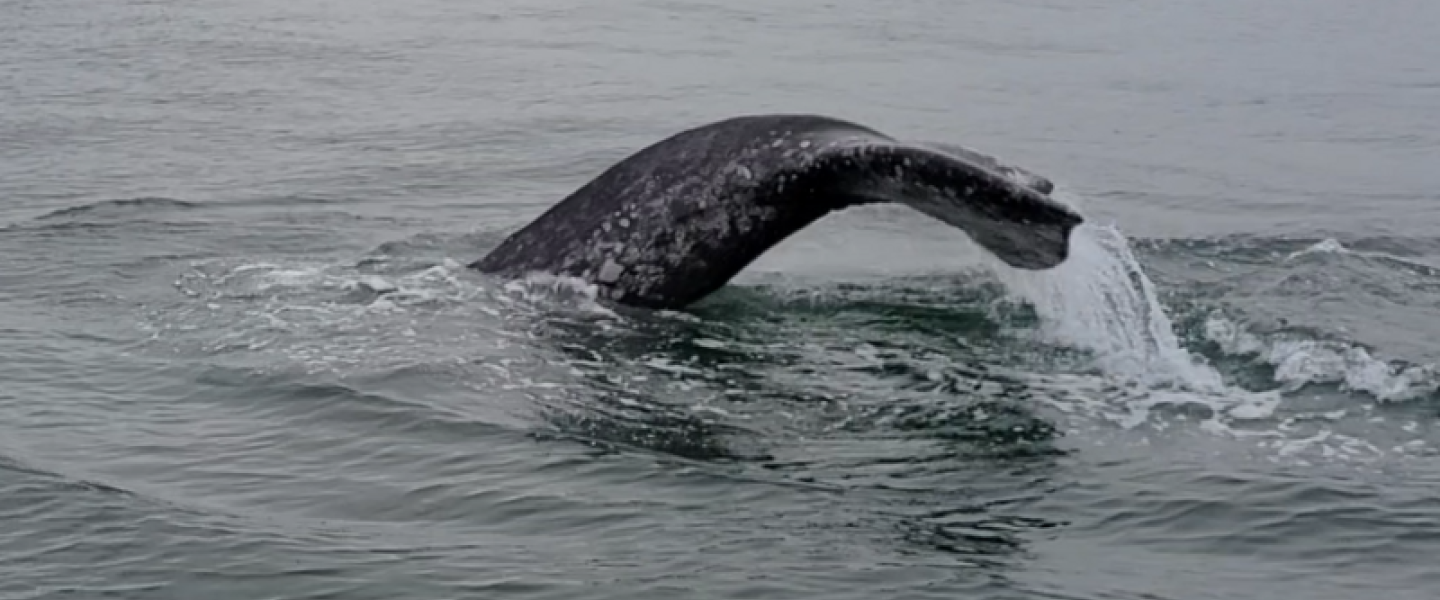
Olivia | M/V Sea Lion| March 26th, 2021| 13:00
Heading south today towards the Strait of Juan de Fuca, we immediately spotted a swimming Steller’s Sea Lion, as well as multiple species of cormorants, gulls, and even loons! This was a good foreshadow for what was to come at Whale Rocks at the bottom of Cattle Pass. Slowing down to gain a better look, we not only saw multiple Harbor Seals right at the base of the water’s edge, but also heaps of hauled out Steller’s Sea Lions! These belchy boys are the largest sea lions in the entire world and tend to congregate here during the off-season months before they start migrating north to Alaska to breed with all the females. It is basically one big bachelor pad of the perfectly- toasted- marshmallow-colored, stinky pinnipeds! Not only were there many cormorants fanning out their wings to dry, but a very large Bald Eagle perched at the top overlooking the vast, blue horizon.
We carried on southeast around the bottom of Lopez Island where we caught sight of a spout. This was not just any spout like our many small Harbor Porpoise, this was the spout of a Gray Whale! I was STOKED to see this friendly baleen feeding near the islands. Our Mexican population of Gray Whales typically feed further south between Camano and Whidbey Islands in the shallow, productive waters inland. Not only is it usually a longer haul to see them, but this was also our first Gray Whale/ baleen whale sighting of the season!
Gray Whales are not often fluking with every deep dive like their very famous Humpback Whales, so it is never what we expect after the typical 3-4 breathes. Which means we were even more excited when this small whale decided to fluke on his way down! There was even a small Harbor Seal utilizing the same shallow bank swimming nearby while we wait for the Gray Whale to surface. Viewing our first Baleen Whale made this spring day feel extra special with our guests. Here is to a good foreshadow for the rest of our 2021 season!